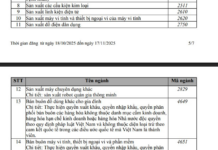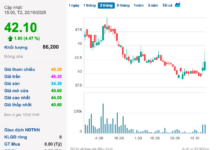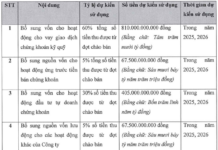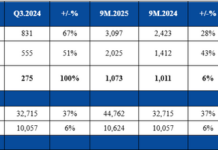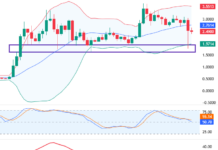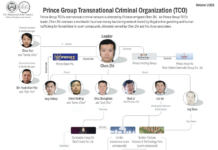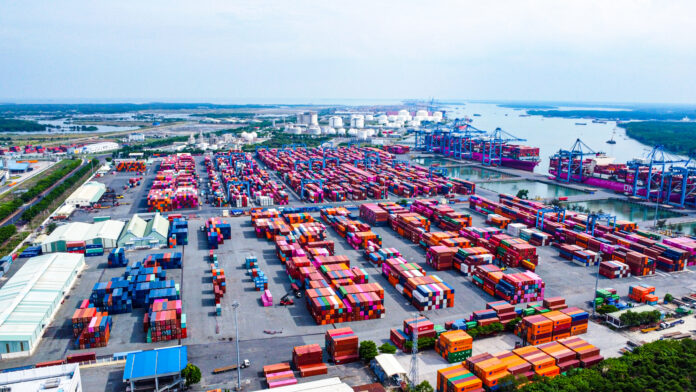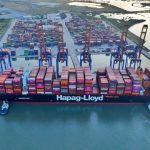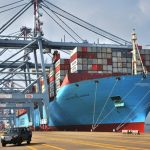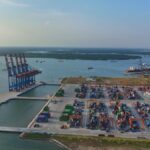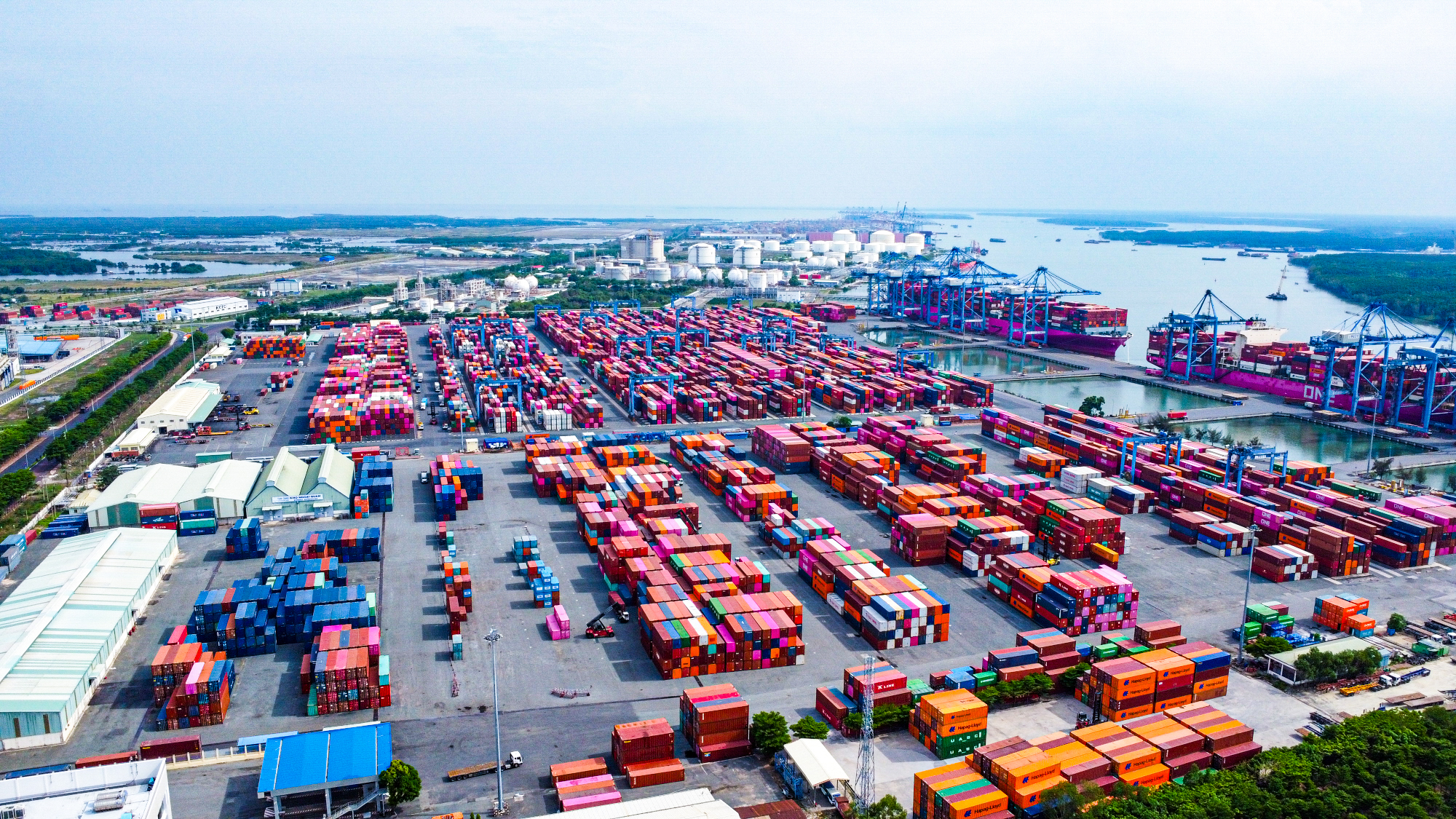
The Cai Mep – Thi Vai port cluster, located in Phu My town, Ba Ria – Vung Tau province, is one of the two special seaports in Vietnam today (along with Hai Phong International Port). It plays a strategic role in the economic, commercial, and logistics development of the Southern region and the country.
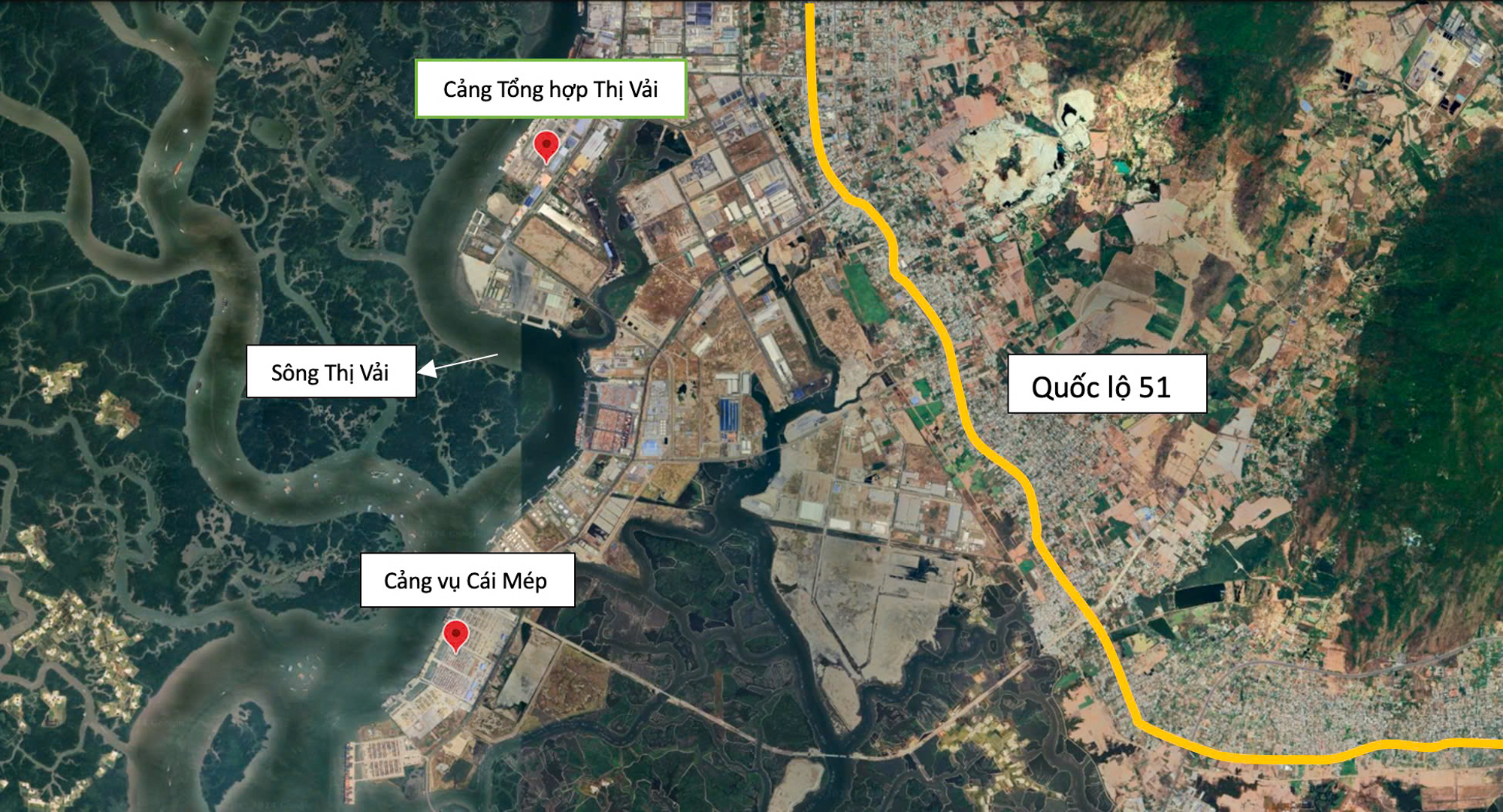
Located at the mouth of the Thi Vai and Cai Mep rivers, the Cai Mep – Thi Vai International Port is a deep-water seaport cluster with a total length of over 14 km. Officially put into operation in January 2011, the port offers international standard container port services to its customers.
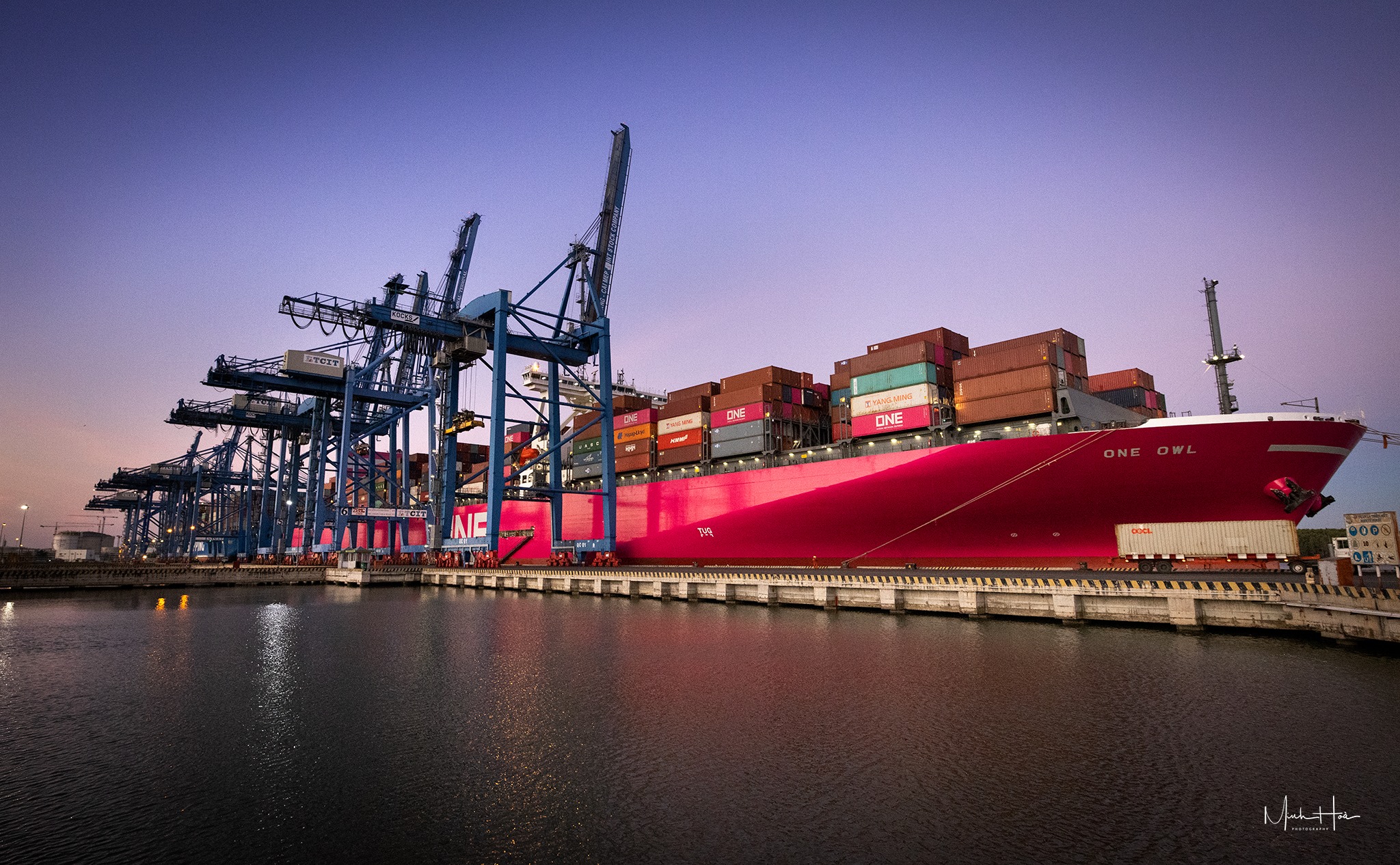
According to 2023 figures from the Vietnam Port Association, the total import volume of the Cai Mep – Thi Vai port cluster exceeded 26 million tons, accounting for 19% of the country’s total import volume and nearly four times that of the entire Central region. The cluster’s export volume was nearly 32 million tons, accounting for 23.7% of the country’s total and 40% of the Southern region, surpassing the export volume of the entire Northern region.
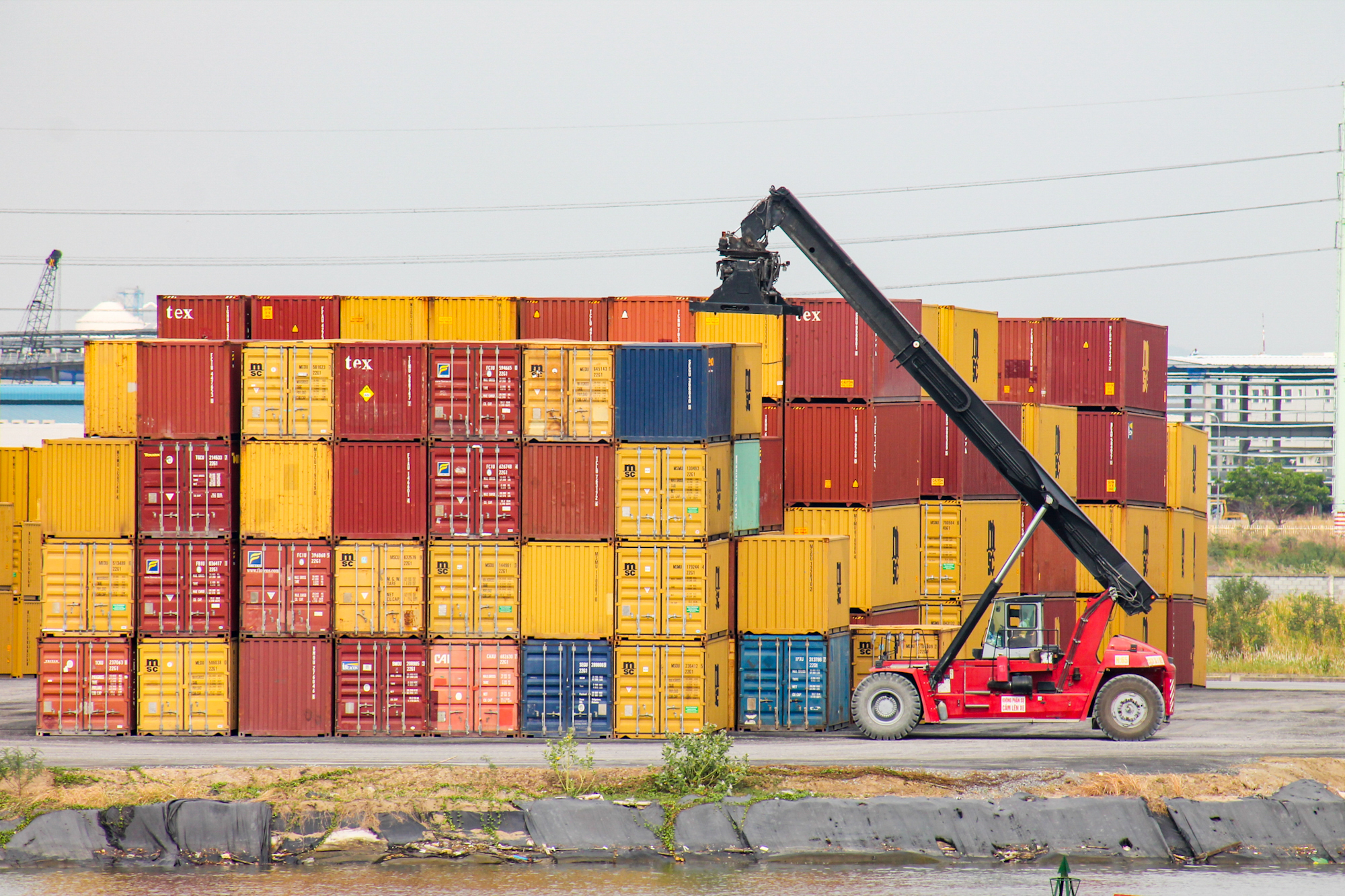
Currently, the Cai Mep – Thi Vai area has about 35 port berths, of which 22 are in operation (19 official projects and 3 temporary projects), with a capacity of 117.8 million tons/year. This includes seven container ports with a capacity to handle up to 179 million tons/year in terms of container loading for vessels.
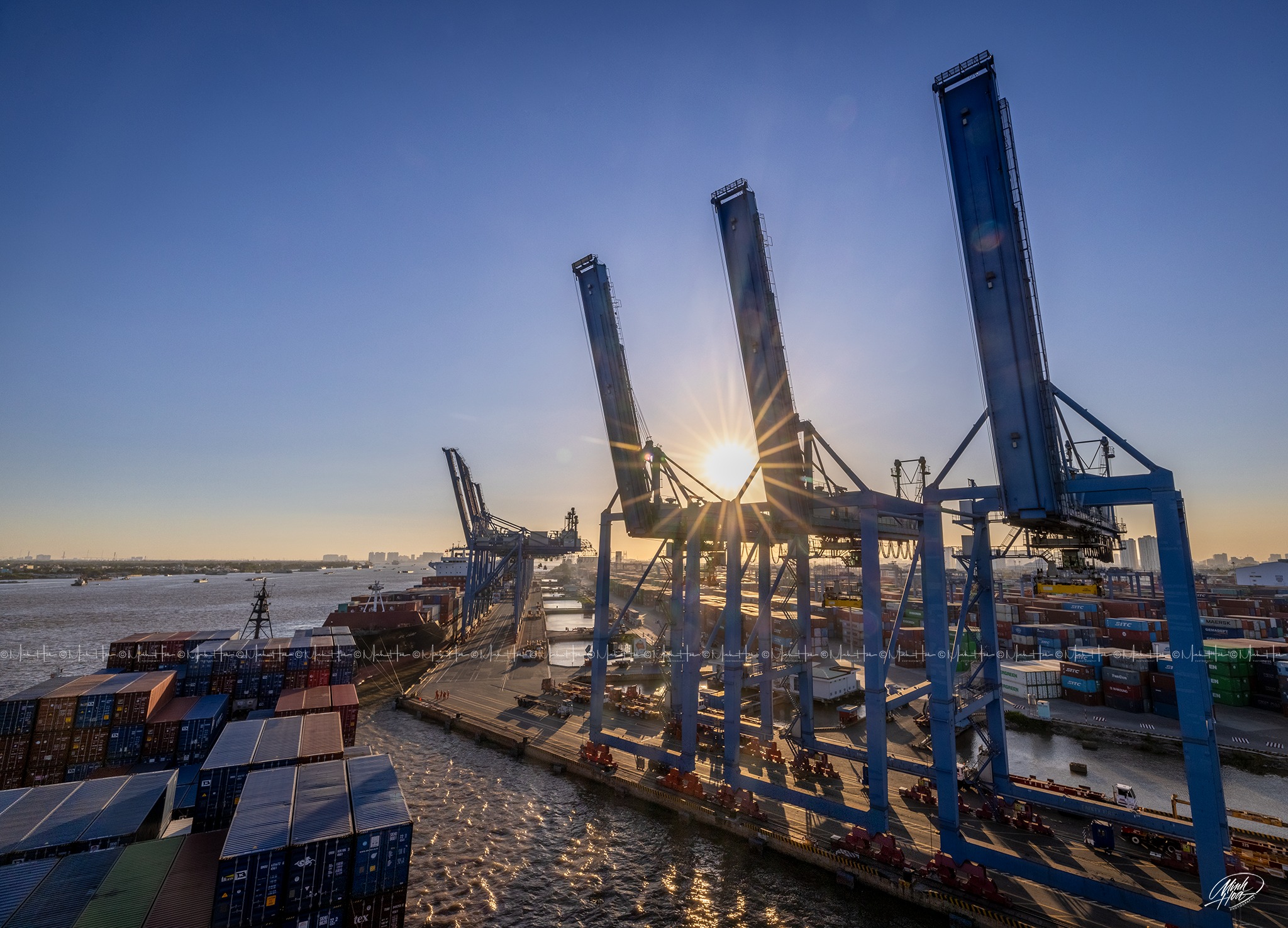
The Cai Mep – Thi Vai port cluster is equipped with modern infrastructure and equipment, including three piers with a total length of 890 meters, three barge berths with a length of 270 meters, a 55-hectare container yard with a capacity of over one million tons, 10 STS cranes, 22 yard cranes, three specialized cranes for barges, 76 tractor trucks, five forklifts, and five empty handlers.
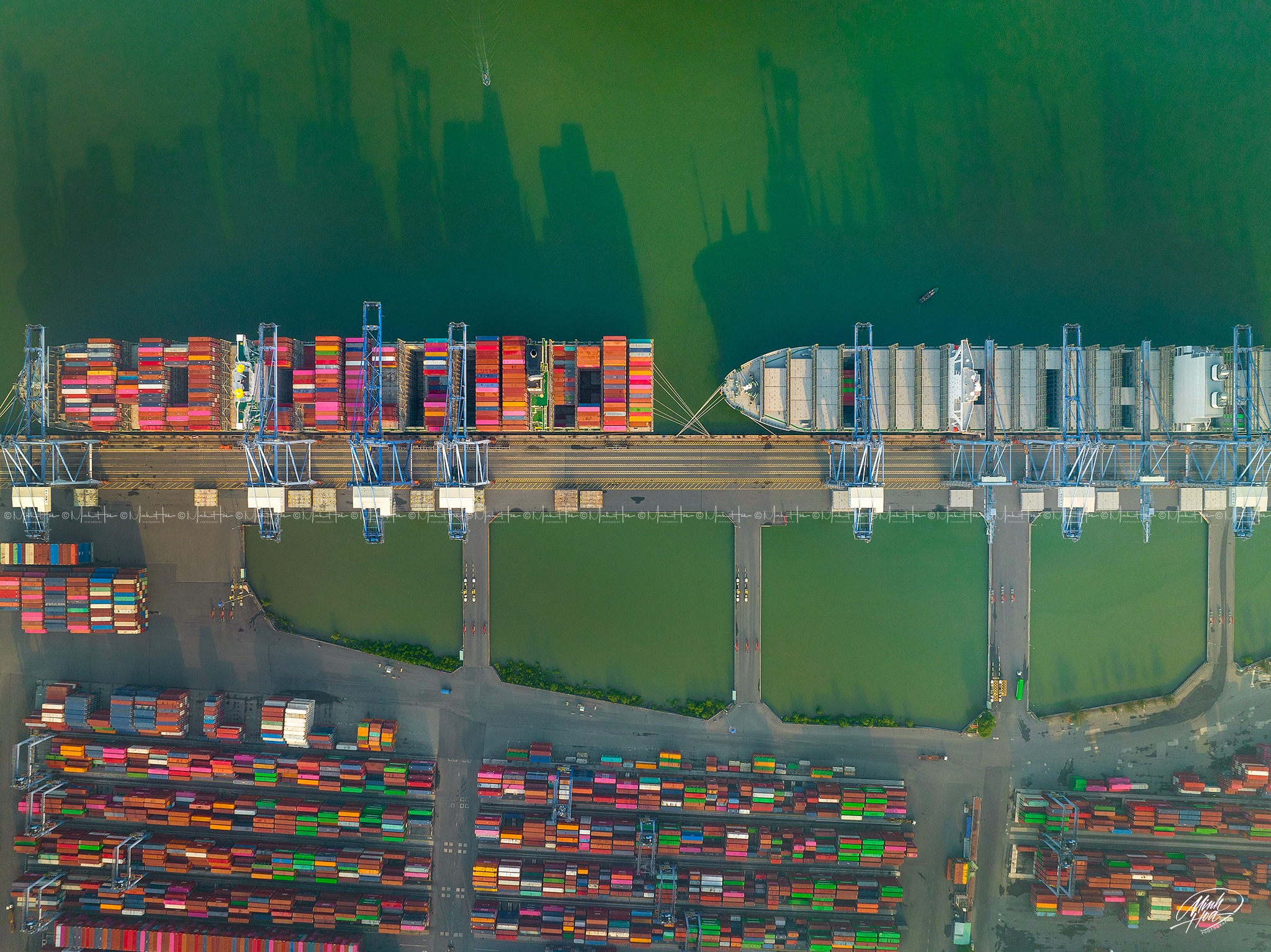
With a channel depth of 14 meters, a berth depth of 16.8 meters, and a turning basin width of 500 meters, the port has become a convenient transshipment hub for trade between Vietnam and other countries, reducing the time for cargo transportation from Vietnam to European ports to between 23 and 31 days.
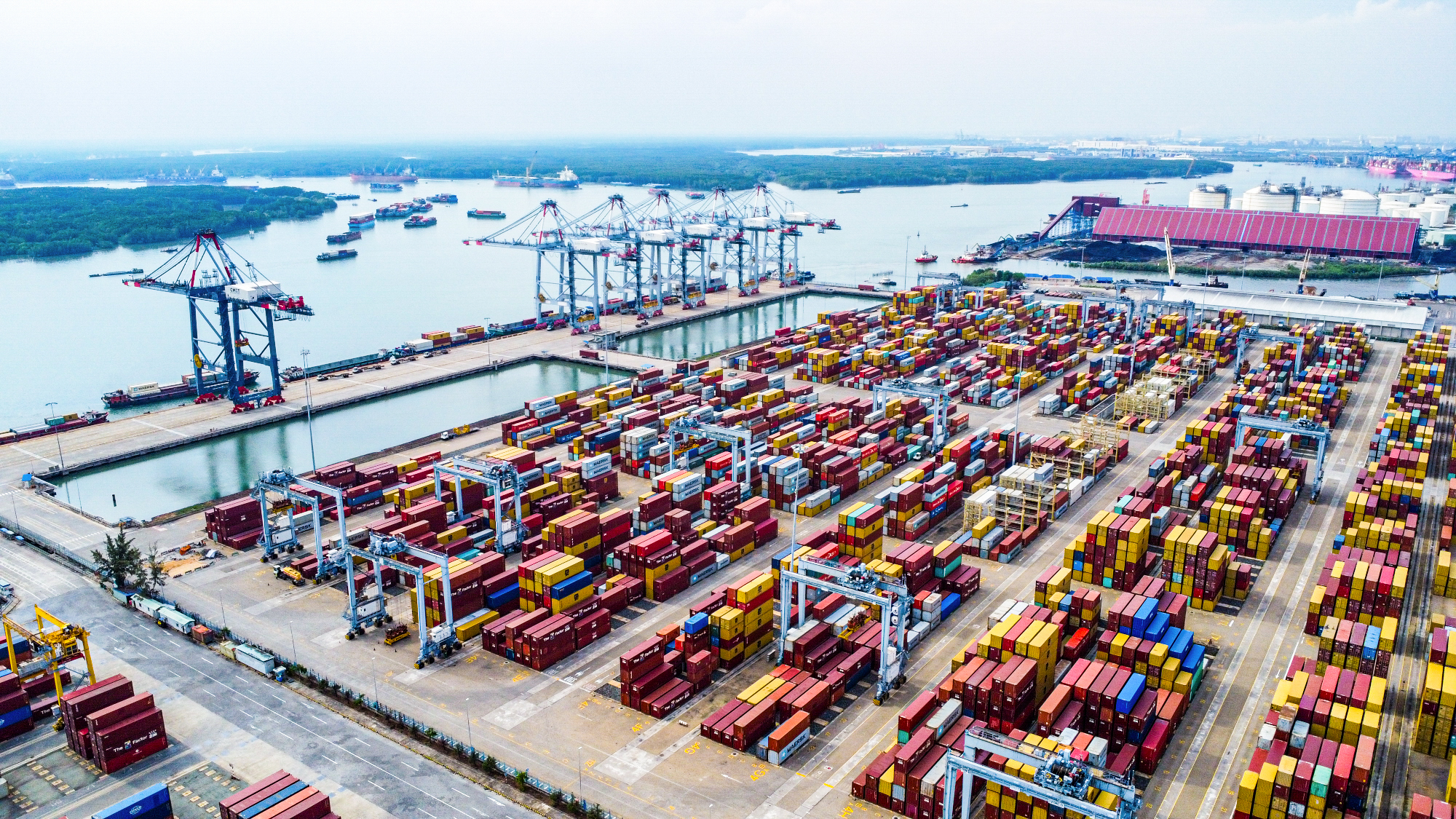
In early June 2024, the Cai Mep – Thi Vai port cluster was ranked 7th in the world by the World Bank and S&P Global Market Intelligence based on the CPPI index (which measures the total time a ship spends at a port).
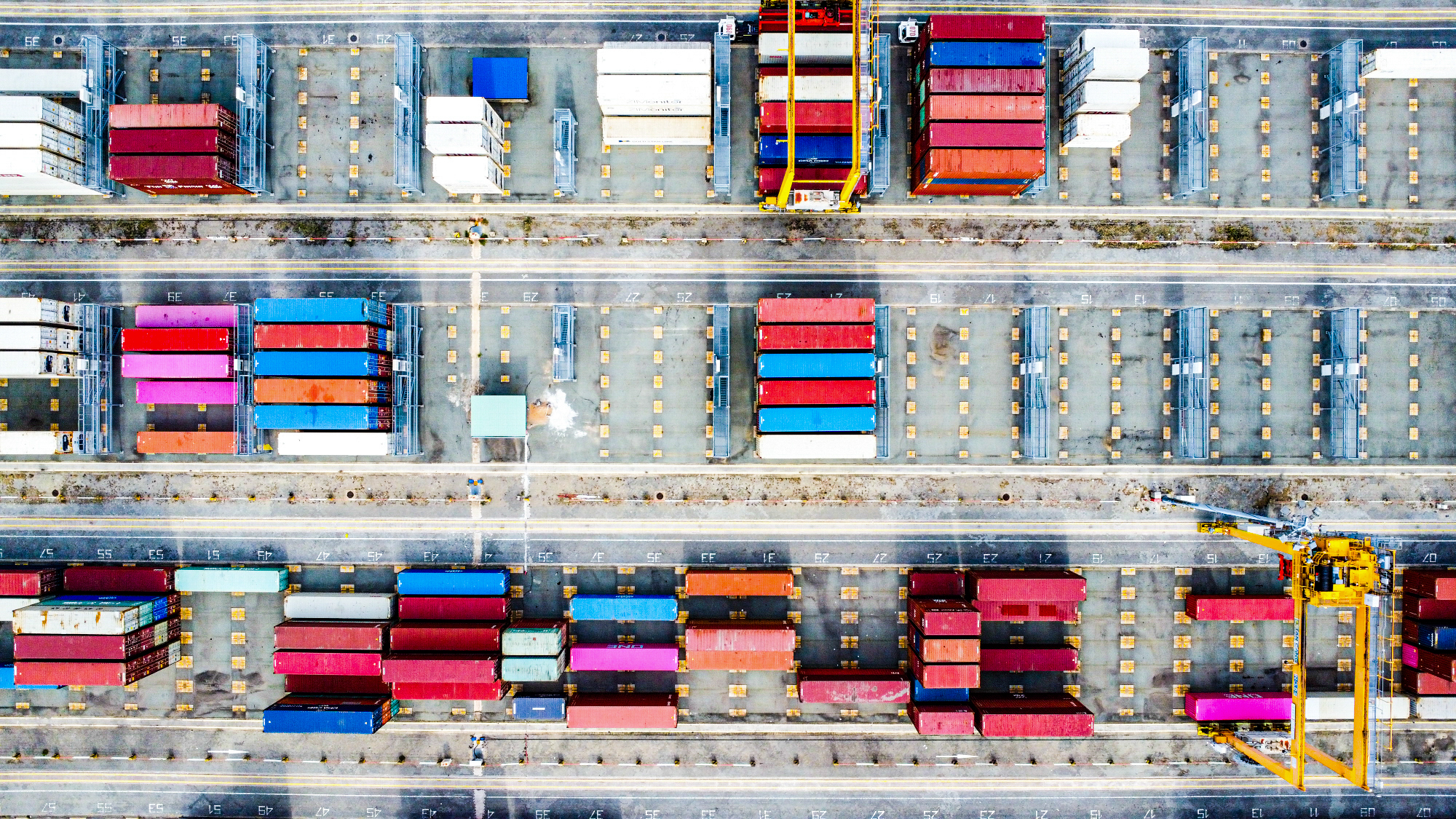
With this achievement, Cai Mep – Thi Vai climbed five places from its 2023 ranking (12th) and was ranked higher than several major transshipment ports in the world, including Yokohama, Japan (9th), Hong Kong (15th), and Singapore (17th).

Additionally, a notable milestone for the Cai Mep – Thi Vai port cluster was the successful berthing of the Spanish ultra-large container ship, OOLC, on March 30, 2023. With a length of 399.99 meters and a width of 61.3 meters, the ship can carry nearly 24,200 containers (6-meter long) and has a cargo capacity of over 230,000 tons.
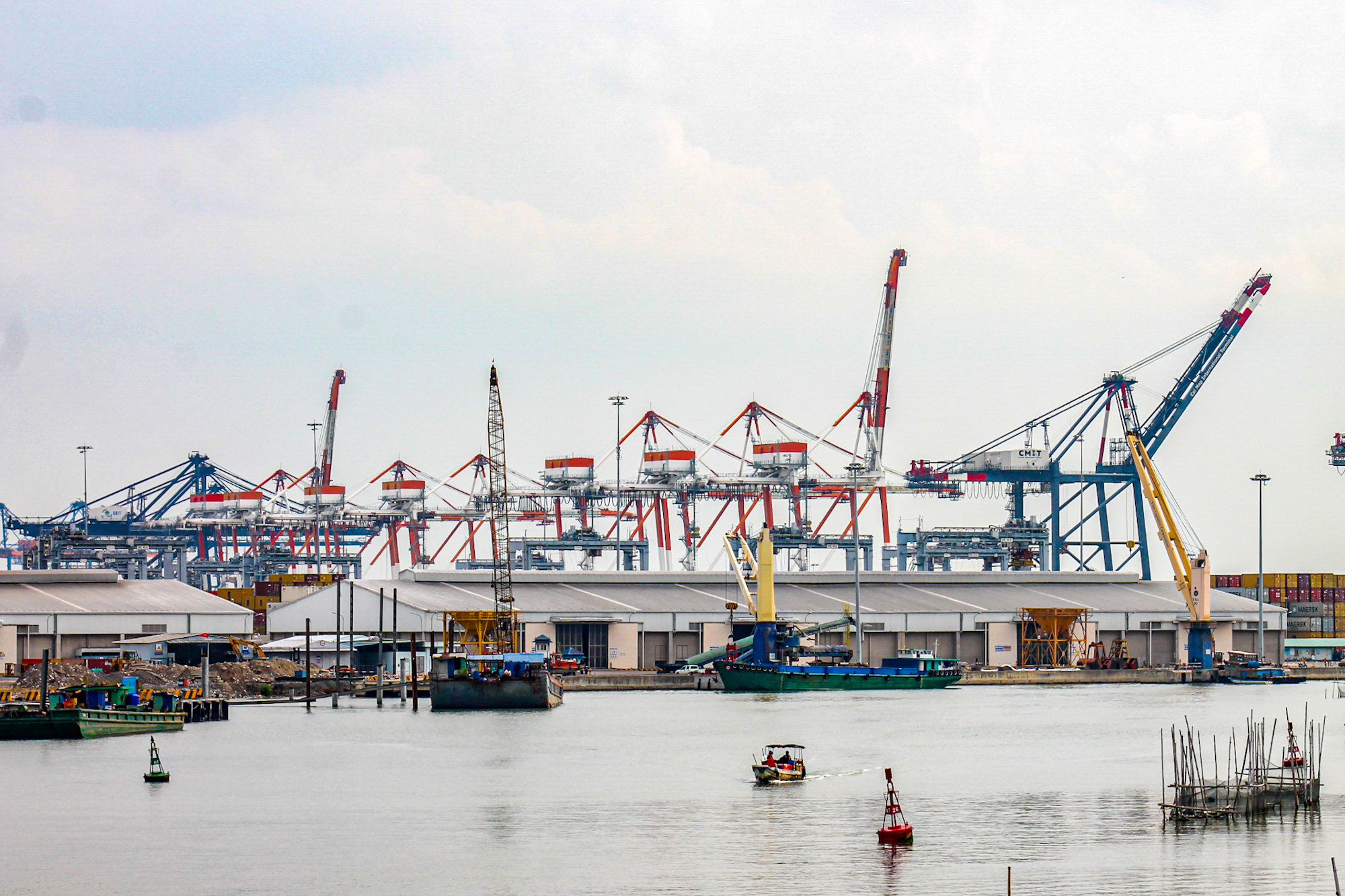
There are currently three major shipping alliances operating globally (2M, Ocean Alliance, and The Alliance), and Cai Mep – Thi Vai is one of the large ports served by all three alliances.
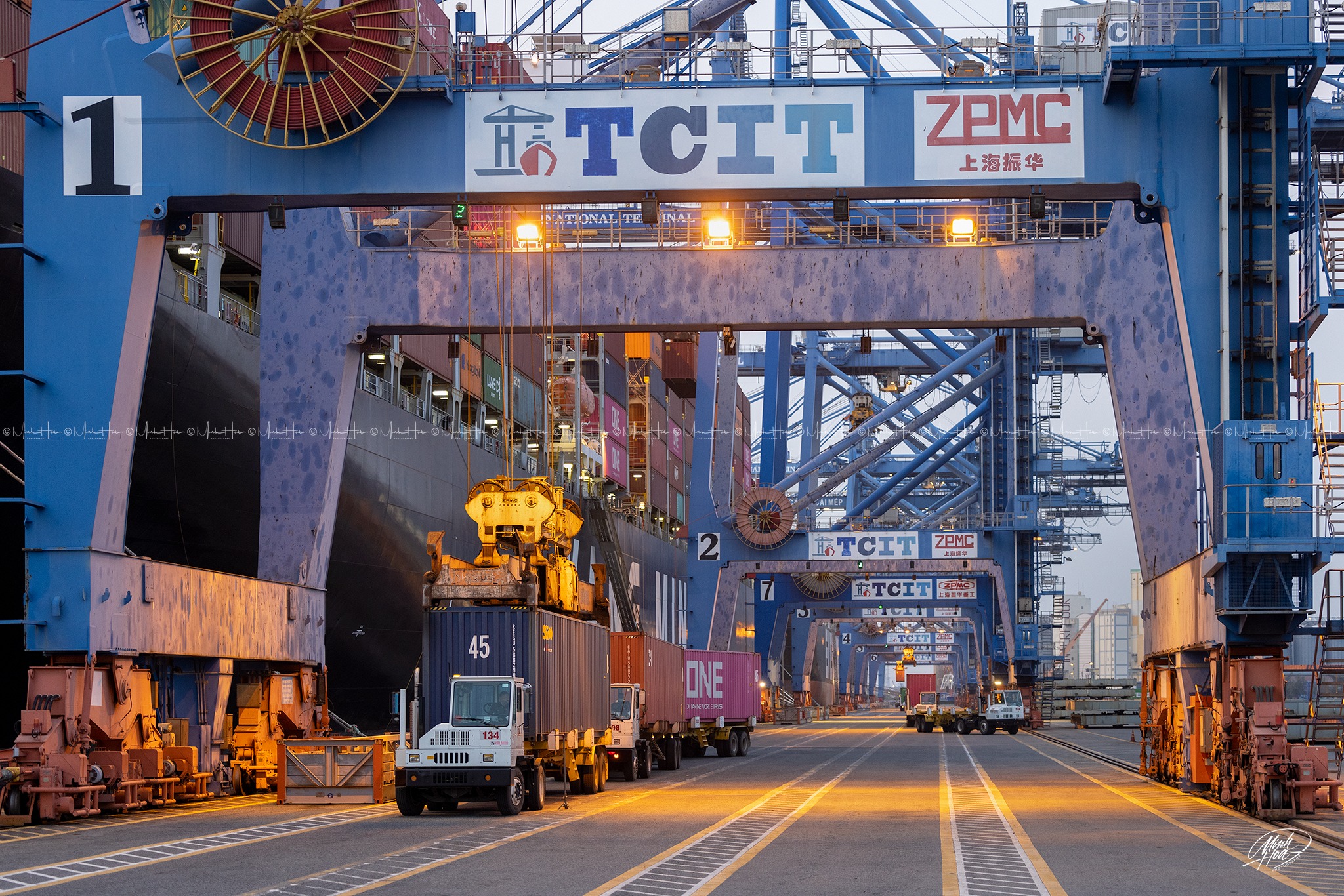
In the future, the Cai Mep – Thi Vai port cluster will continue to serve as a gateway for import and export, boosting trade and cultural exchange. Moreover, the port provides employment opportunities for thousands of people.
The Green Light for ‘Mega’ Container Ships: Cai Mep International Terminal
The Ministry of Transport has approved CMIT, the Cai Mep International Terminal, to receive container vessels with a reduced draught of up to 214,121 DWT.
Unlocking the Flow of Trade Through the Cai Mep – Thi Vai Port Cluster: A Strategic Blueprint
As one of Vietnam’s two specially-ranked gateway ports (alongside Hai Phong), the Cai Mep – Thi Vai port complex in Ba Ria – Vung Tau has achieved significant accomplishments over the years. However, to facilitate the flow of imports and exports for businesses, this port complex needs to address “bottlenecks” in connectivity infrastructure and reform administrative procedures, customs, and specialized inspections.












